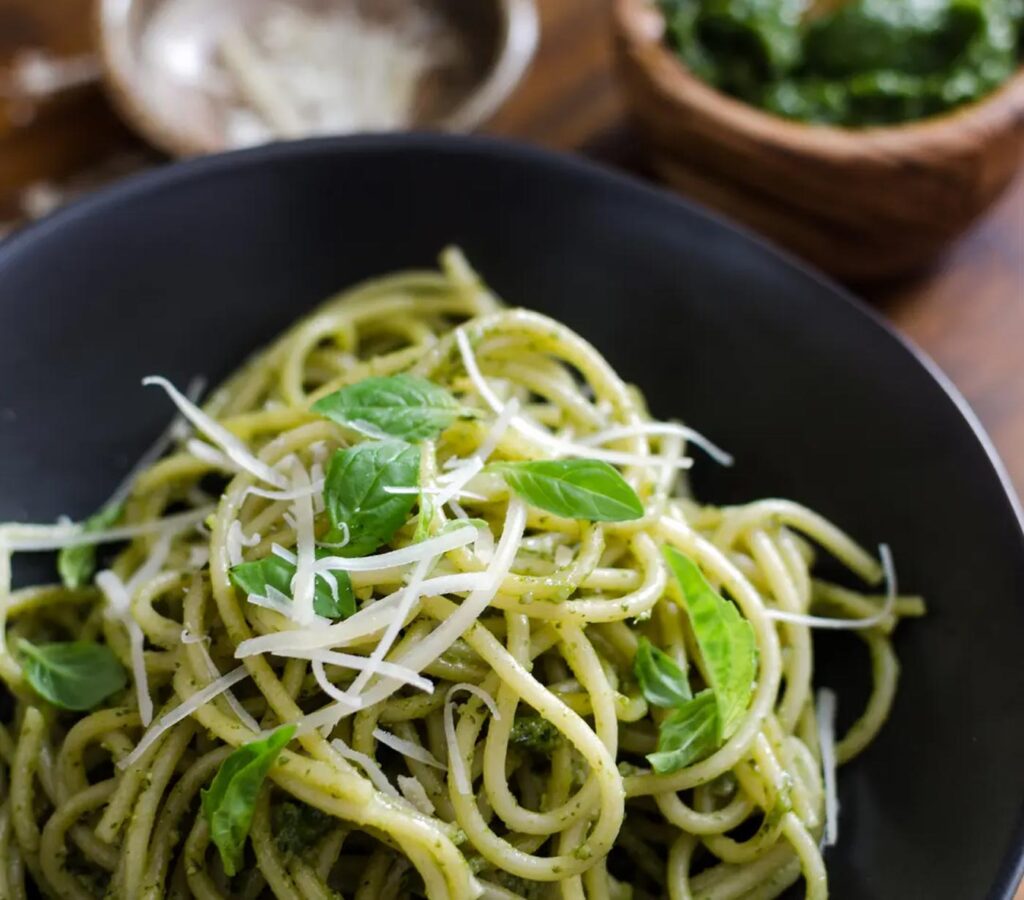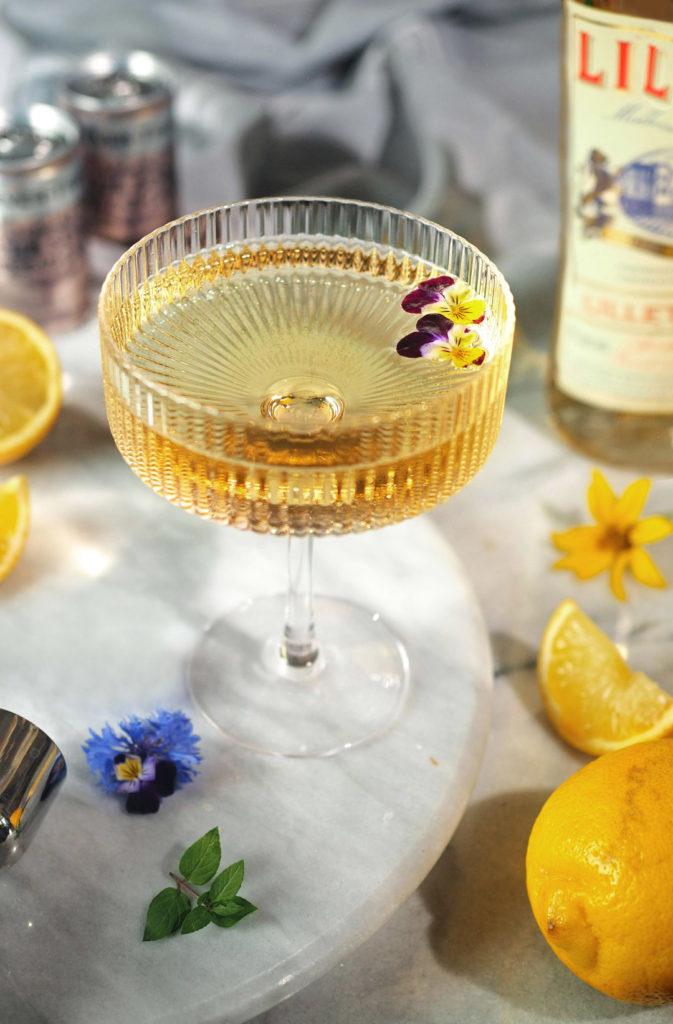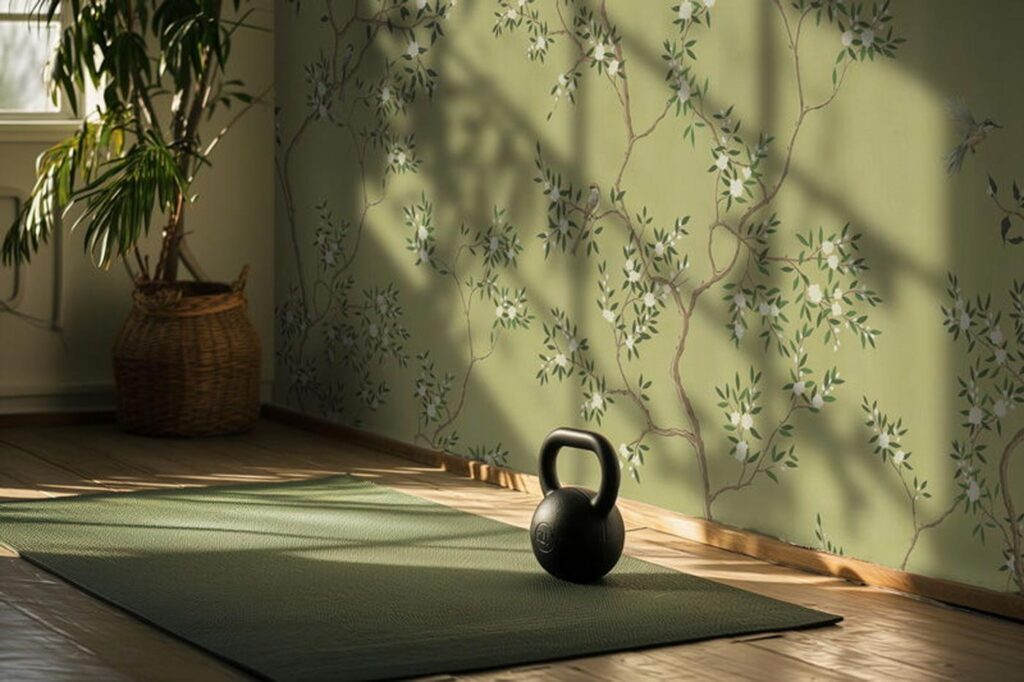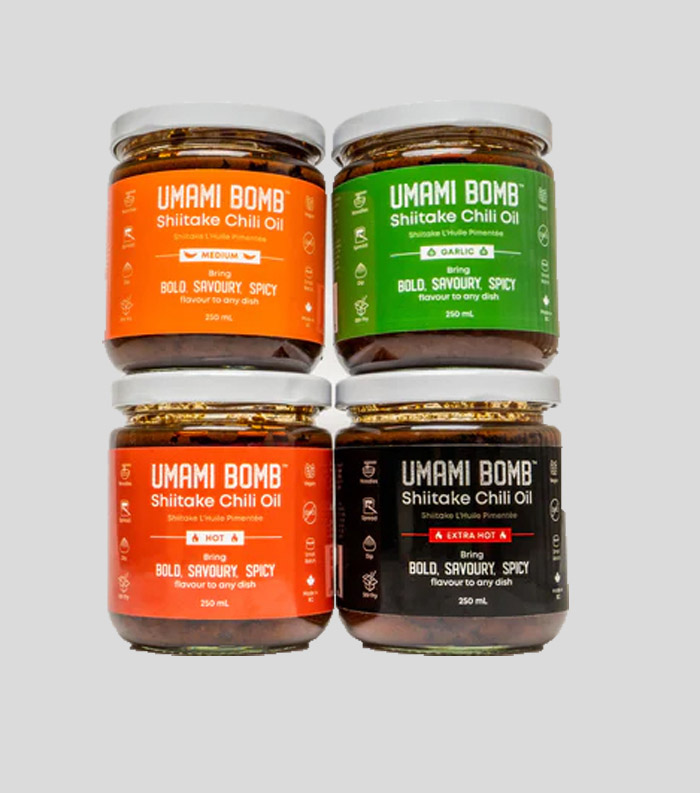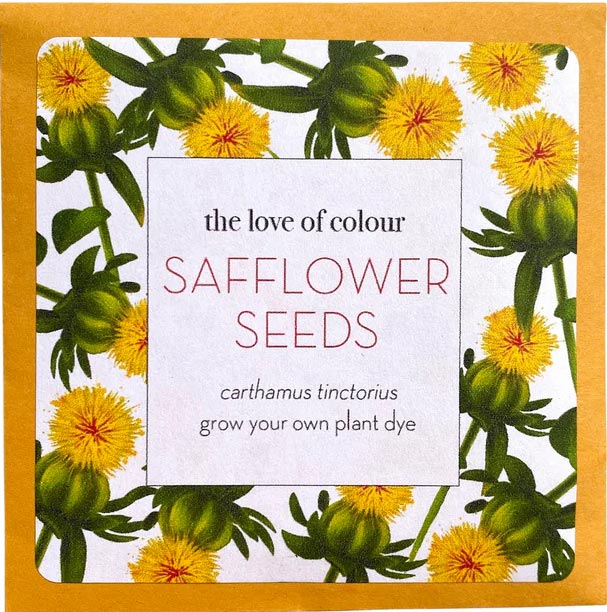
A golden elixir lauded by every culture in the world, a boon in the kitchen and medicine cabinet, it is the chef d’oeuvre of the honeybee.
CAPTIONS: Royal Command Honey Comb, 200g; qualifirst.com. A beekeeper pulls a honey comb still filled with bees from the hive. Smoking the hive helps calm the bees. A colourful hive.
“Beekeeping is like meditation, it takes all of your focus,” says the beekeeper as we dress in white protective gear, ensuring no part of our extremities is exposed. We are meters from the wooden hives, heather and various berries growing at our feet. He gathers some kindling from nearby which he sets alight in a silver smoker. Working with his partner he puffs smoke into the hives and waits a few moments. One by one, he retrieves a comb and, as they come up empty, he is forced to move to neighbouring ones. Eventually, he finds one with enough honey that we can gather without causing harm to the hive.
It is my first beekeeping experience and, as the beekeeper predicted, totally encompassing and visceral. The most prominent sense is the sound – a continuous buzzing that would ordinarily make me uneasy but to which, in this circumstance, I slowly learn to adapt and begin to understand as the melodious backdrop to beekeeping. Later, when we finally cut into the comb, the oozing honey juxtaposes the waxy, chewy comb. Honey straight from the source is a revelation.
Honey is a viscous, sweet and fragrant substance produced by female worker bees from the nectar of flowers that they collect in their proboscis and which they deposit in the hive. Just as wine reflects a particular terroir so honey is the edible expression of a season, region, and time and may be a bellwether of ongoing climatic conditions.
For mead and medicine, ancient cultures prized the golden liquid. It contains enzymes that prevent bacterial growth, lowers inflammation, soothes pain, and is an antiseptic for burns. Water is also a key component, though good quality honey usually contains just 16-18 percent. While yeast is present, honey can keep for a long time. In fact, it was found perfectly preserved in the tomb of Tutankhamen.
In the kitchen, honey is particularly valuable: drizzled on cakes, in vinaigrette, sweet tea, and loukoumades (Greek doughnuts), just to name a few. It is essential in myriad recipes.

How To Taste Honey
We asked Kevin Park, CEO of Oneroot Inc. which produces organic, Canadian and antibiotic-free honey about the best way to taste and appreciate its unique flavour.
1/ Bring to Room Temperature
“Crystallization is normal for all honey. Don’t let the crystallization in honey deter you from purchasing it. In fact, unpasteurized honey will crystallize faster. To make it soft again place the jar in warm water. Real honey never goes bad, so don’t worry about buying spoiled honey.”
2/ Stir
“You should stir it first if possible. Thick or creamed honey may have a foamy top layer, and this should be stirred in to get a proper taste.”
3/ Appreciate the Aroma
“Smell it – the taste starts with the aroma. All raw honey will have a degree of pungency to it. Each honey will have a different aroma. Some are floral, others fruity or earthy. Buckwheat honey for example will have a bit of a maple syrup aroma to it.”
4/ Taste
“Use a spoon to taste a small amount and notice the texture, its taste and also the aftertaste. The taste can be light or strong. You can describe what you taste in your own words, but common descriptions are: fruity, floral, earthy, and malty. Some people say honey smells and tastes like a farm. Some honey exhibits more complex taste than others. Honey can also taste a little acidic and pungent. Depending on the type of honey, it could be described as an acquired taste. It’s best to taste the honey alone, and not on a cracker for example.”

Types of Honey
Manuka Honey
Often sold in dark containers to protect it from light and made from the flowers of an evergreen shrub native to Australia and New Zealand, its healing effects can be traced to methylglyoxal which fights infecting bacteria.
Raw Honey
Unprocessed, liquid honey that retains its healing properties which have not been destroyed by light or heat. Factors that account for the changes in honey’s taste and appearance include weather, the flower’s nectar, season and region. Generally darker honey has a higher mineral content.
Pure Varietal Honey
The honey resulting from bees visiting the same kind of flower, for example clover honey.
Single Origin Honey
The unique taste of honey based on where the nectar is collected. Depending on the time of year, soil, weather, flowers and other conditions, honey produced mere kilometers away can exhibit a markedly different taste.

Honey to Try
1/ WEDERSPOON
Raw Premium Manuka Honey KFactor 16, 500g, $52.99; wedderspoon.ca
2/ ONEROOT
Organic Raw Wildflower Honey, 500g, $30; onehoney.ca
3/ BEEKEEPER’S NATURALS
100% Raw Honey Sweet Clover, 500g, $19.99; beekeepersnaturals.com
4/ BEE LOCAL
Single-Origin Raw Honey From Yakima Valley, 244.4g, $12.00; jacobsensalt.com
5/ EPICUREAL
Acacia Blossom Honey, 250g; qualifirst.com
This original gourmet food article first appeared in the Spring 2018 issue of City Style and Living Magazine
Don’t Forget to Follow City Style and Living on Social Channels: Instagram, Twitter, Facebook, Pinterest.





